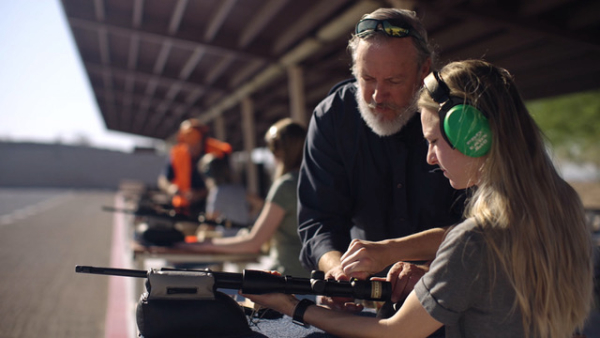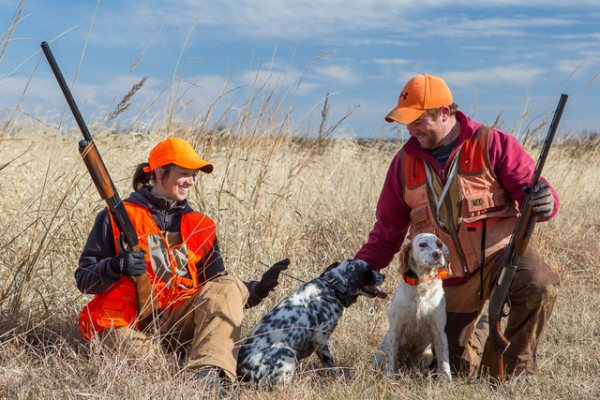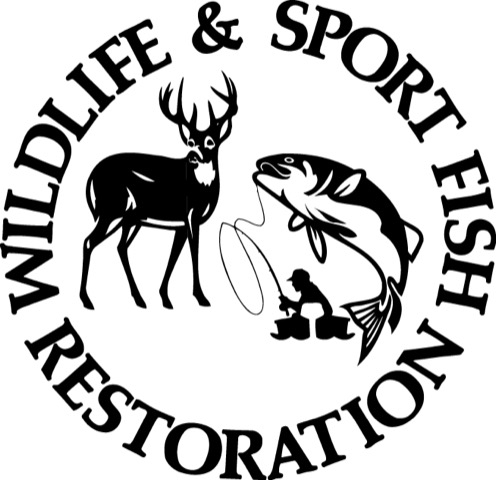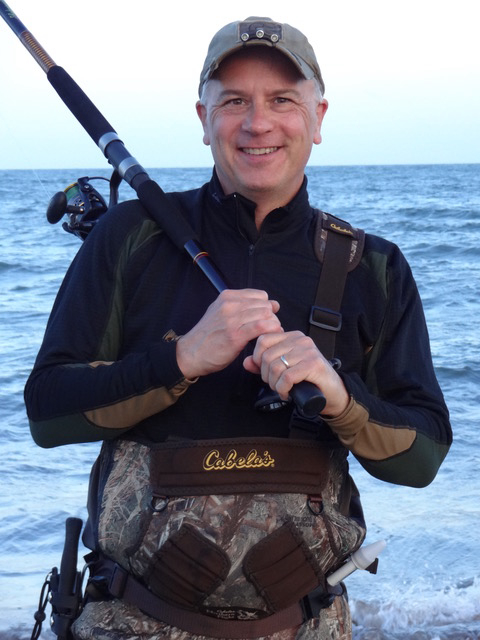
My trolling motor clicks, and from below the belly of my boat I hear the prop pulse as I ease into a lake cove near my Vermont home.
Click-pulse, click-pulse.
The boat quietly wafts within casting distance of a rocky ledge. The drop-off makes a lair for smallmouth bass this time of year. As summer turns to fall, the bass are prepping for winter taking minnows and their favored fare, crayfish.
Plop.
A floating crankbait lands on still water smooth as a skillet. The plug sends out a wake of concentric rings. It rests there for a moment until the water is tranquil again, my awareness heightened by anticipation.
The reflective rippling rings on platinum water are a metaphor for conservation.
Nearly all the accoutrements supporting my endeavor to land a bronzeback—my trolling motor, rod, reel, line, lure, and license in my pocket—contribute to conservation.
Commerce supports conservation, and has so since 1937 with the passage of the Federal Aid in Wildlife Restoration (Pittman-Robertson). Fishing came into the fold 13 years later with Sport Fish Restoration (Dingell-Johnson). Both acts impose manufacturers of firearms, ammunition, archery and fishing gear to pay excise taxes on their product, the first of these rippling rings.

The outcome for hunters and anglers, fish and wildlife and their habitats, and businesses big and small has been nothing short of remarkable. Manufacturers have paid $14 billion in excise taxes in 84 years, $5.4 billion coming in only the last five years. What better time to remember this ahead of National Hunting and Fishing Day, Saturday, September 25.
Forty-nine years ago, President Nixon proclaimed the first National Hunting and Fishing Day, writing, “I urge all citizens to join with outdoor sportsmen in the wise use of our natural resources and in insuring their proper management for the benefit of future generations.”

The Wildlife Restoration and Sport Fish Restoration acts are the insurance policy guaranteeing that fish, wildlife, and their habitats are scientifically managed by state fish and wildlife agencies, and accessible by hunters and anglers—and any member of the public. Wildlife Restoration has facilitated the acquisition of 46 million acres of habitat nationwide—public land, an area nearly equal to the size of South Dakota. It has funded 623 public target-shooting ranges. Boat ramps, marinas, modern boat clean-out stations, and clean water exist because of Sport Fish Restoration. Let us not forget that 316 state fish hatcheries stock 1.3 billion fish each year, 70 species in all.

Intrinsic values go deeper and you cannot measure them. The circle of people who hunt and fish are the first to volunteer in support of conservation; they are often the first to welcome others along in the spirit of Twain’s muse: “…to get the full value of a joy you must have somebody to divide it with.” We know empirically in the time of Covid that fishing and hunting offer respite. Fishing and hunting leads to topophilia—a love of place—a deeply rooted reverence for your deer woods, grouse covers, or your lake coves and those you spend time with afield. You care about what you revere. Connecting with nature makes us human; our attachment and care for nature is evidenced in ancient cave art and 500 years of sporting literature.
Casting my lipped lure along a length of lake cove transmutes to my forearm a braille-like reading of structure and shape and the fish habitat on the bottom. One feels the logs and boulders and bedrock and awaits for the distinctive strike of audacity personified in a pugnacious smallmouth bass. I am grateful for the system and partnerships that improved our Nation’s fish and wildlife and their habitats.